The I/K/N 2000 awnings offer versatile solutions: I 2000 for flat facades, K 2000 for uneven walls, and N 2000 for discreet niche installations. All models feature durable construction, with I and K showcasing a classic design, while the N blends seamlessly into modern architecture.
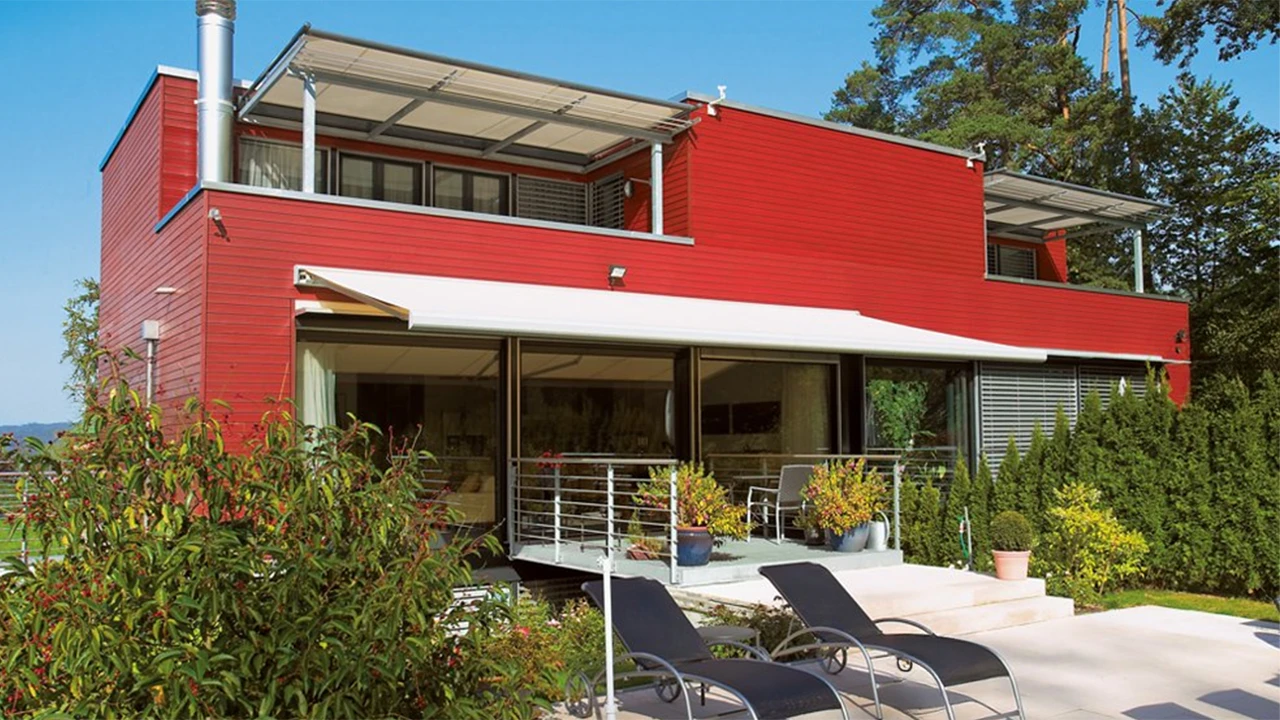
Flexible full cassette awning with three model options, strong wind performance, custom sizes, and wide fabric and colour selection.
When retracted, the awning’s fabric and mechanics are securely enclosed within the cassette. Multiple versions are available to suit different installation locations.
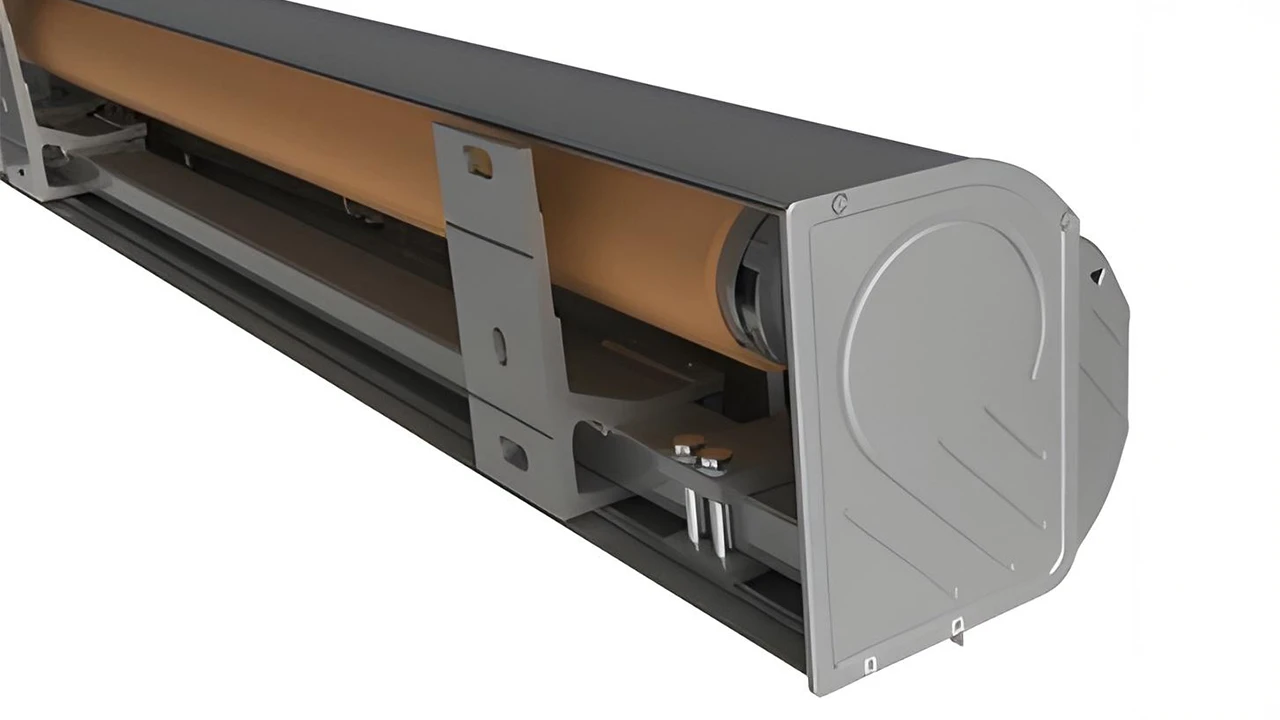
The Weinor N 2000’s uniquely flat front rail makes it the perfect choice for fully concealed mounting
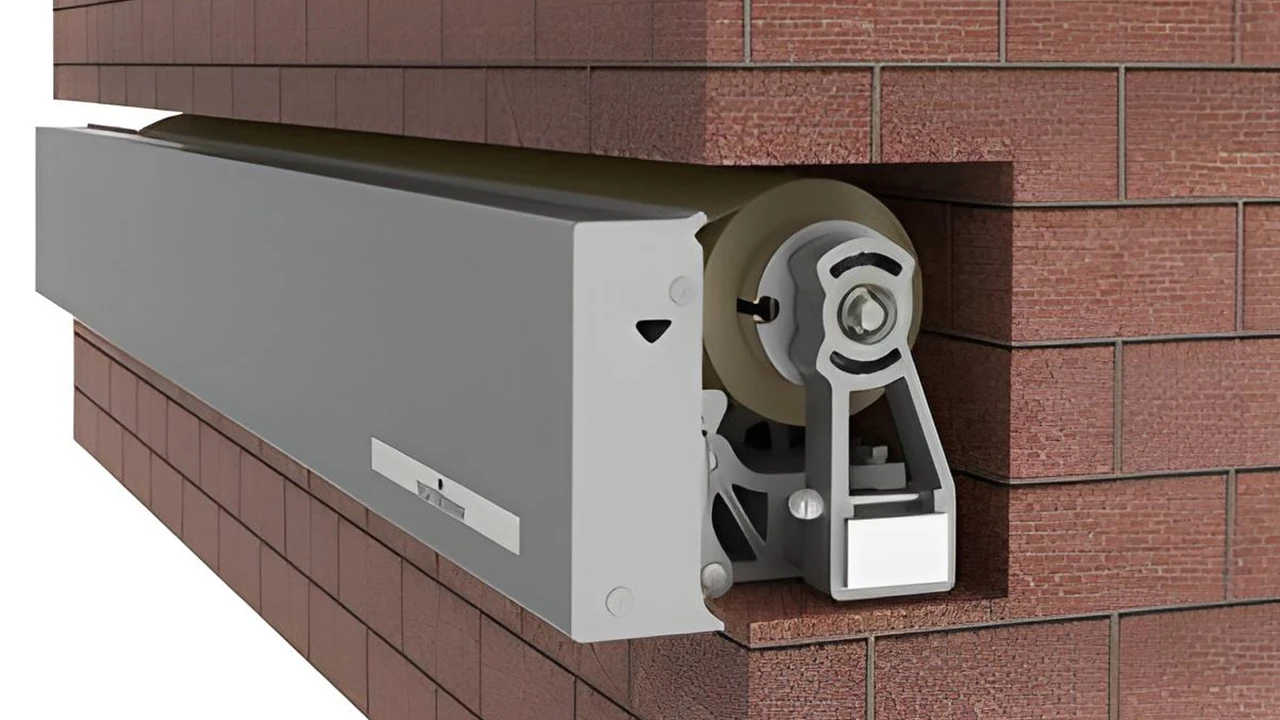
Motorised two-part coupled systems are an excellent solution for covering especially large outdoor spaces.
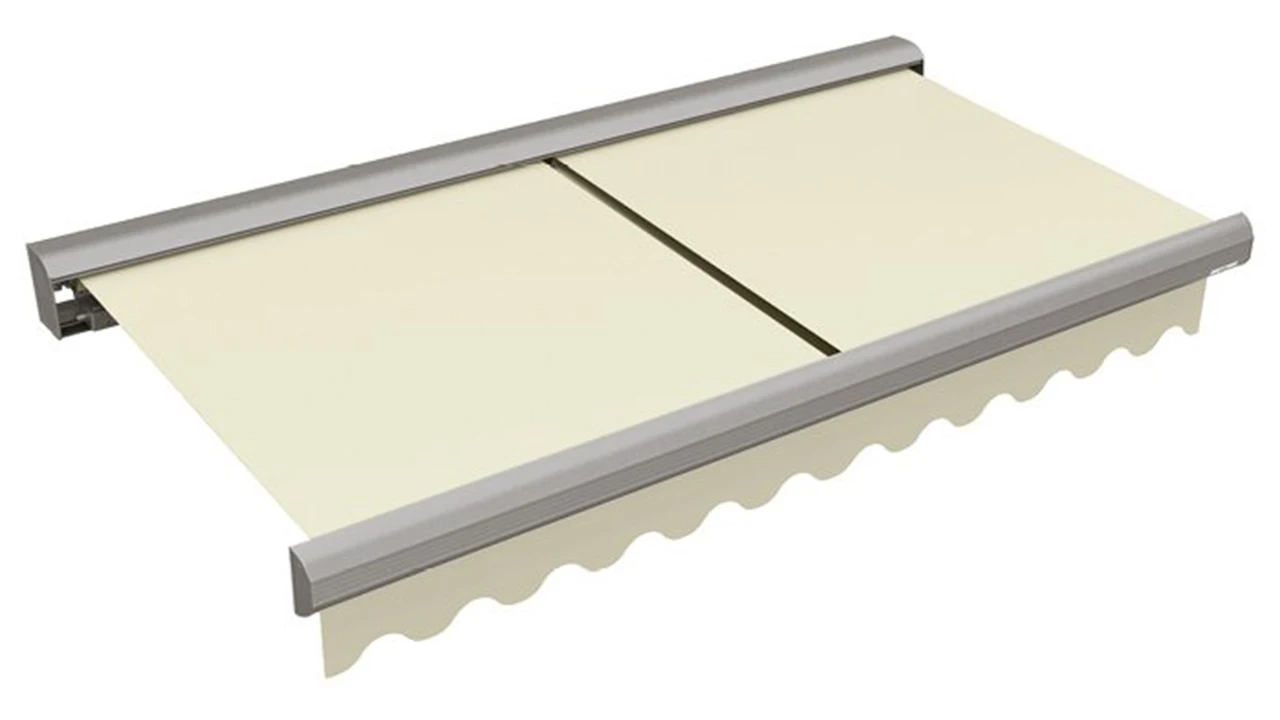
The low-noise Weinor LongLife arm delivers exceptional tension, keeping the fabric stable and taut, even in windy conditions.
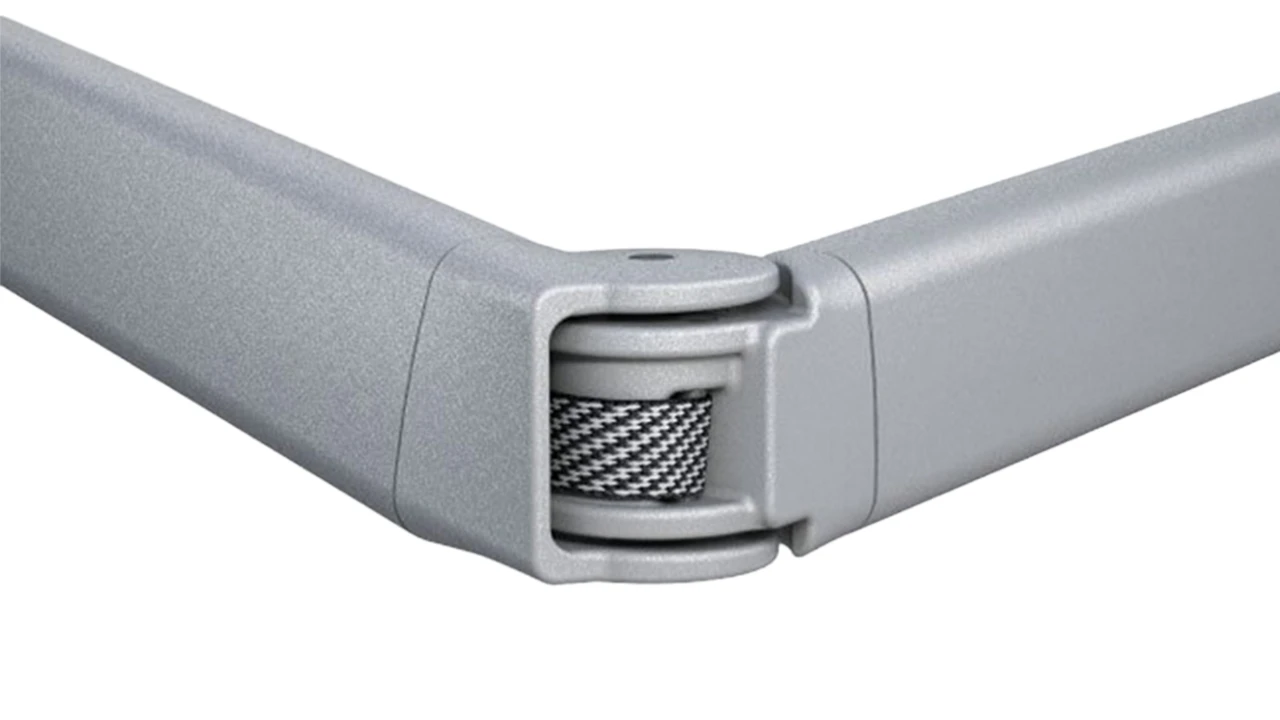
The I/K/N 2000 awnings stand out for their excellent wind resistance, comfortably withstanding winds up to Beaufort scale force 5.
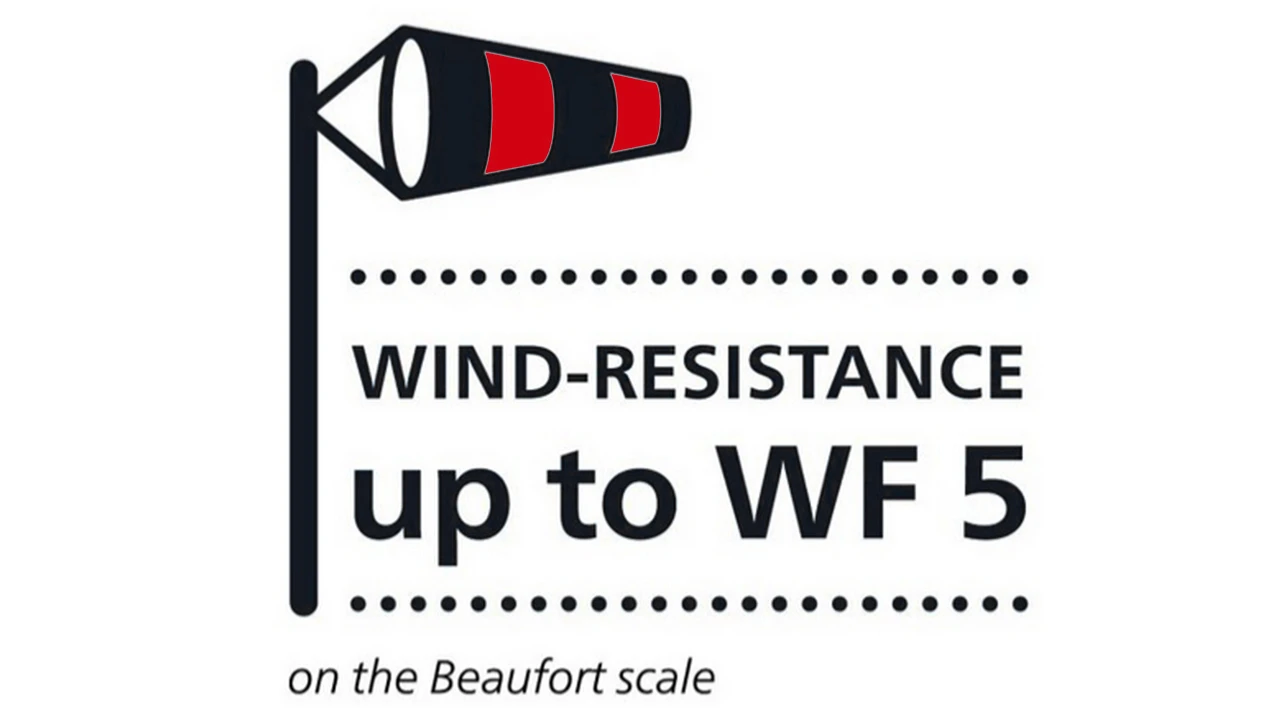
Designed to adapt seamlessly to your home, this awning enhances comfort, privacy, and outdoor usability in all weather. It not only provides reliable shade and protects furnishings from sun and rain, but also transforms patios or balconies into inviting, year-round living spaces. With its sleek design and custom fit, it adds style and lasting value to your home while giving you more freedom to enjoy outdoor living.
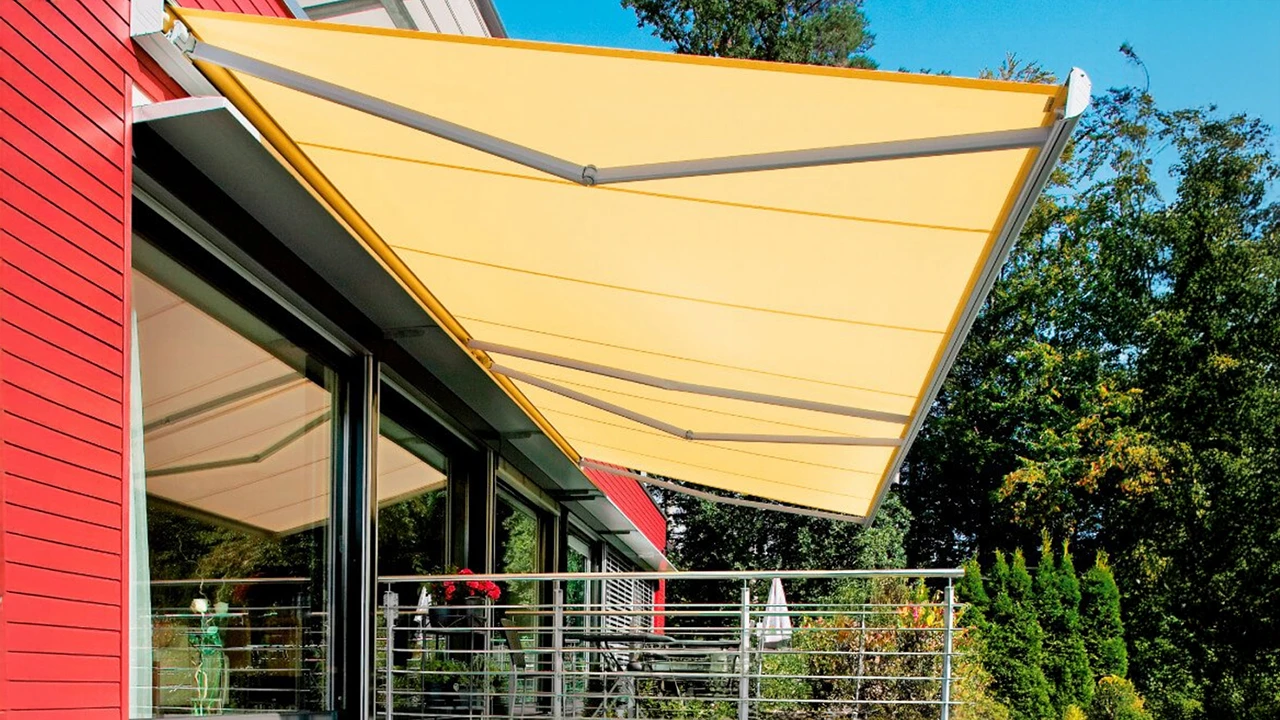
Your email address will not be published. Required fields are marked *